15 December 2015
The desire to catch the visitor off-guard is a strongpoint of the Fondazione Prada’s approach to staging exhibitions. In the space of the Podium, in fact, classical sculpture has given its place up to a show of Gianni Piacentino’s work curated by Germano Celant: over 90 of the creations of the Turinese artist (1945), who made his debut in the area of Arte Povera and later became the protagonist of an unprecedented investigation of speed and means of transport (cars, motorbikes, planes), arranged in reverse chronological order, from 2015 to 1965. Presented in rooms of irregular shape, bounded by floor-to-ceiling walls with openings through which it is possible to see into the next room, this second exhibition put on by the foundation takes an innovative look at the relationship between creativity, high craftsmanship and mass production. From the very first room, with the cantilever and the pieces inspired by airplanes, everything speaks of industrial aesthetics, machine perfection and precision in design, concepts reinterpreted by an artist who places at the center of his work “the importance of the technical and mathematical control of the result” in the service of devices of no practical use (the artist defines himself as a “useless craftsman”). “I like to be a technician at the highest level,” explains Piacentino. “When I insert elements I am following in the wake of the artistic tradition—I’m thinking of Surrealism—but with a logic founded on a thorough knowledge of mechanics.” The accuracy of the finishes of the pieces of sculpture is the fruit of the skill of model makers who work for major automobile manufacturers, supervised at every stage by Piacentino, who guides the entire creative process as if it were the production of a designer piece. The artist, who discovered iridescent colors in the paint factory where he worked in his youth, has always devoted a great deal of attention to chromatic experimentation, as is evident both from the works on the ground floor and the ones displayed on the floor above, dating from the period 1965-68, such as the large monochromatic canvases and the objects with primary forms: poles, upside-down Ts, angles and outsized tables and portals. So the exhibition is split into two sections with strong identities, between which is set a masterpiece of 1969: Pearlescent Wings, precious and delicate airplane wings made of lacquered wood and finished with nacreous paint, an icon of this lover of the beauty that stems from mobility and technique.
Gianni Piacentino
Fondazione Prada
Curated by Germano Celant
Milan
November 7, 2015 > January 10, 2016
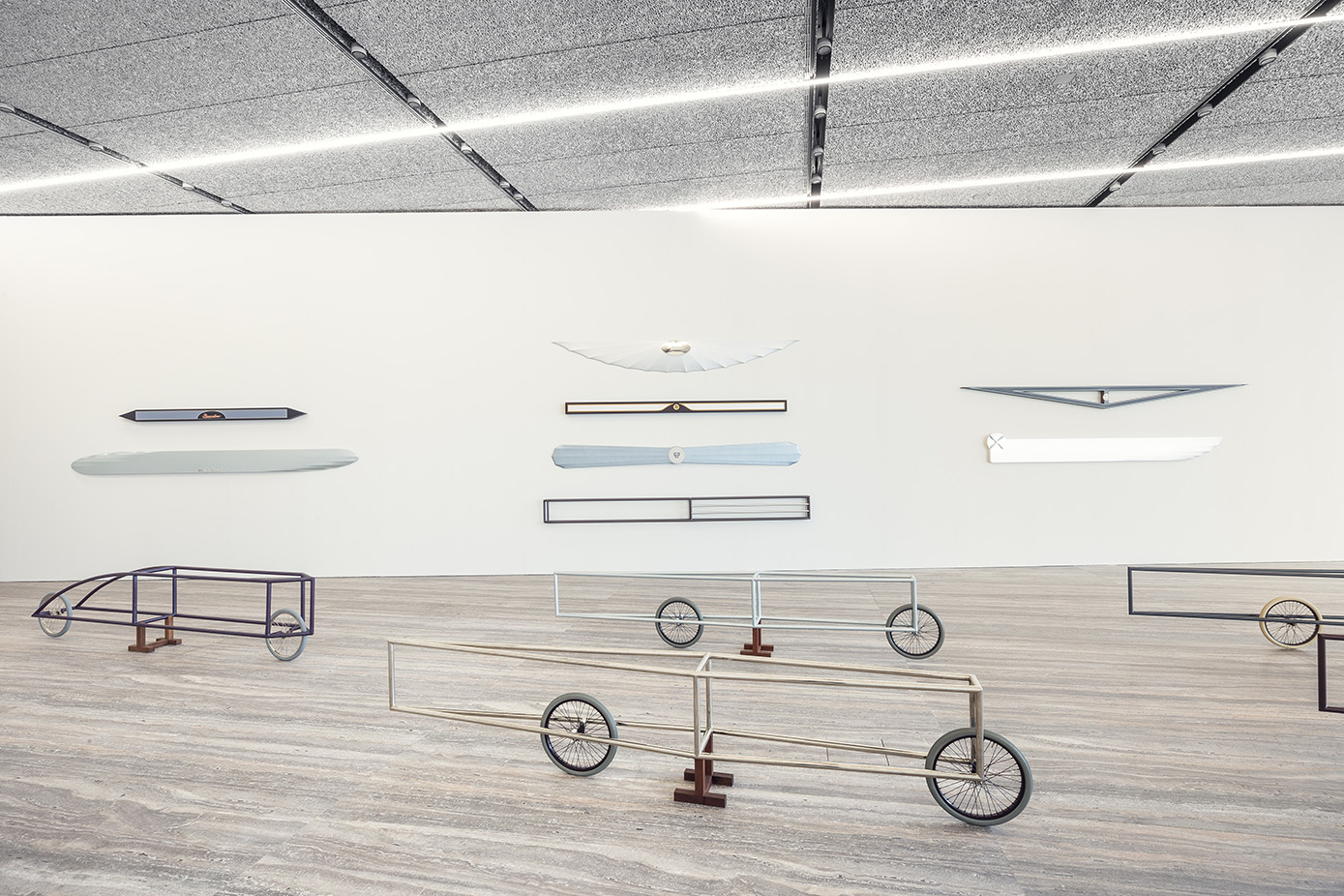
Gianni Piacentino, Exhibiton view. Fondazione Prada, Milan.
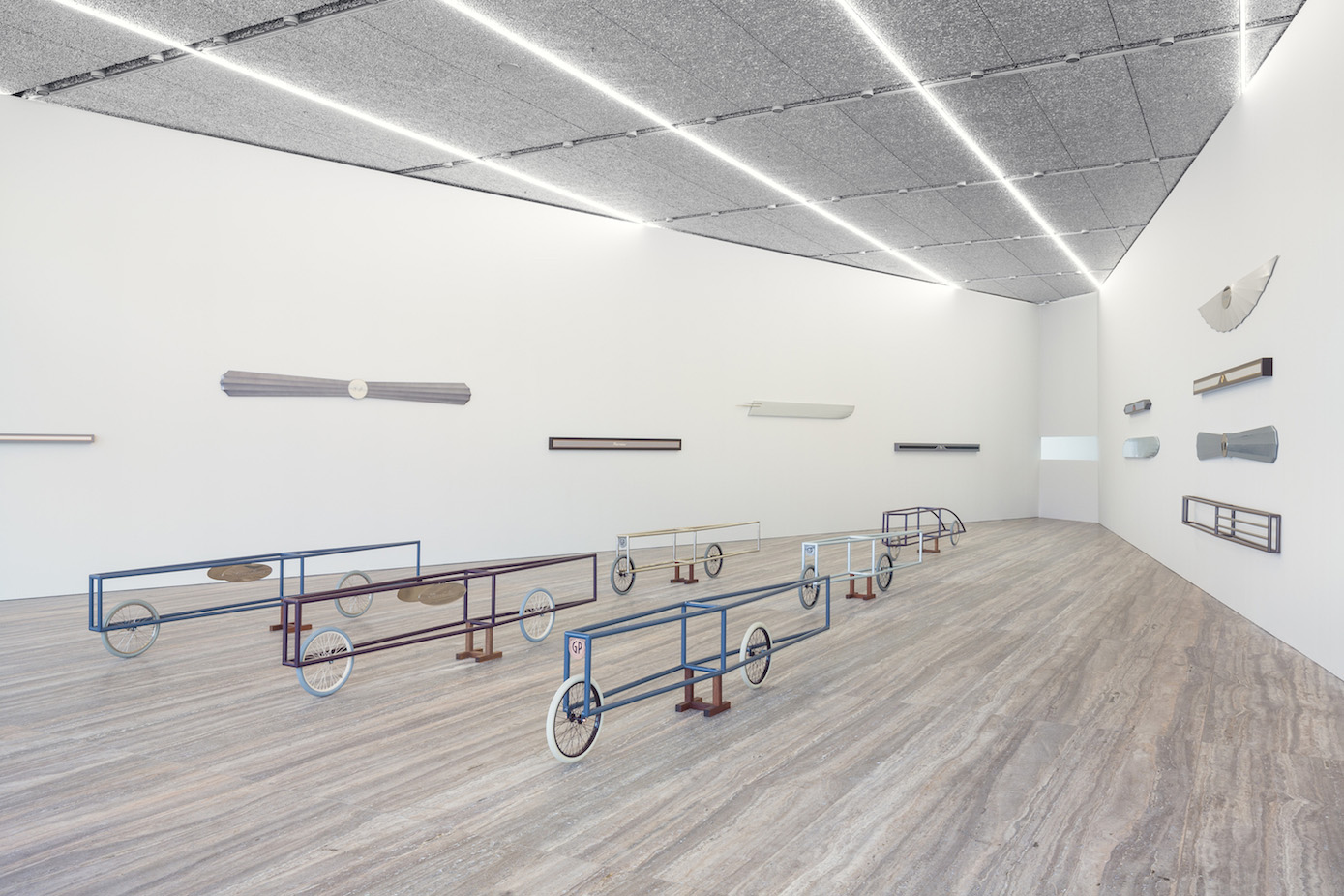
Gianni Piacentino, Exhibiton view. Fondazione Prada, Milan.
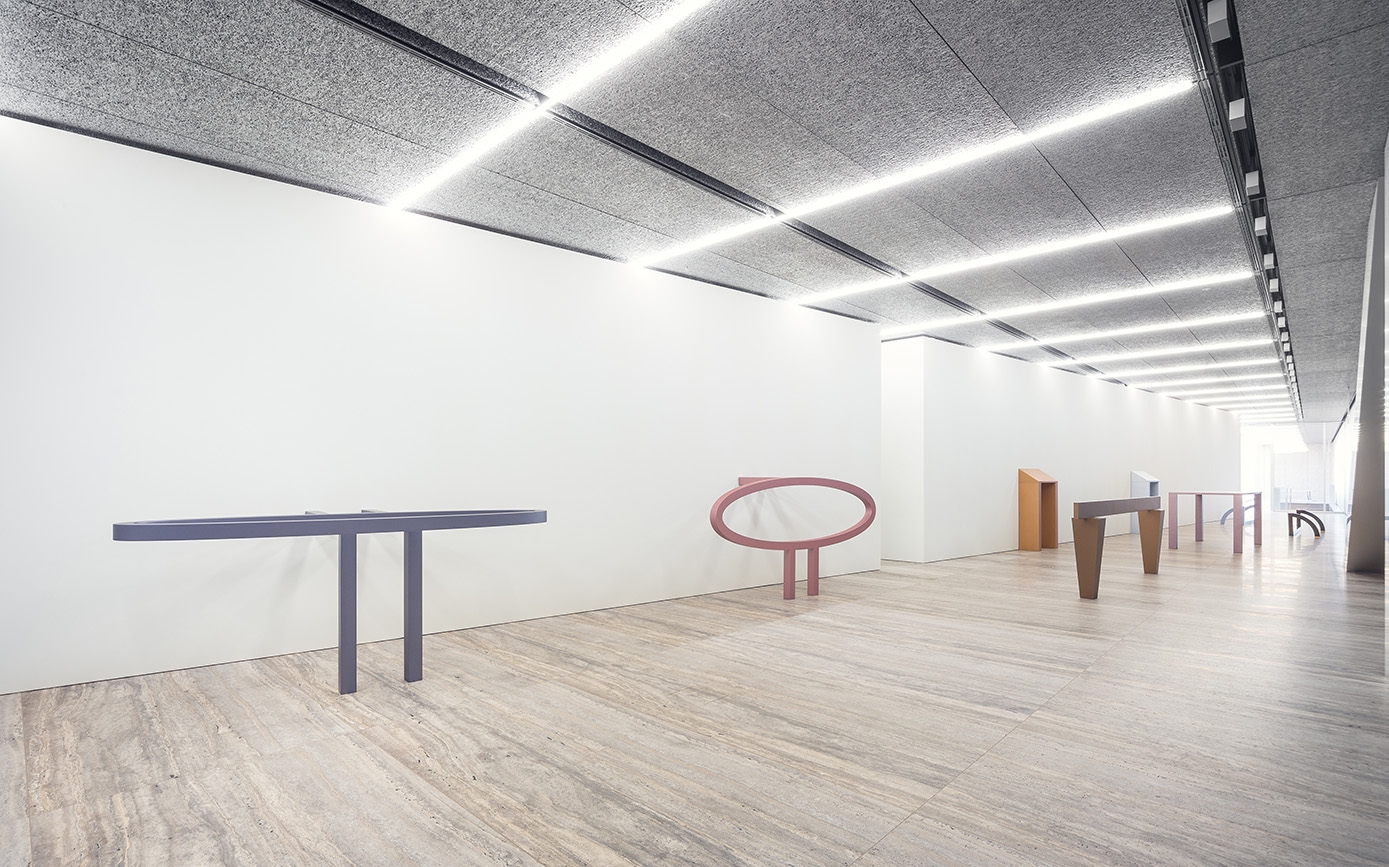
Gianni Piacentino, Exhibiton view. Fondazione Prada, Milan.
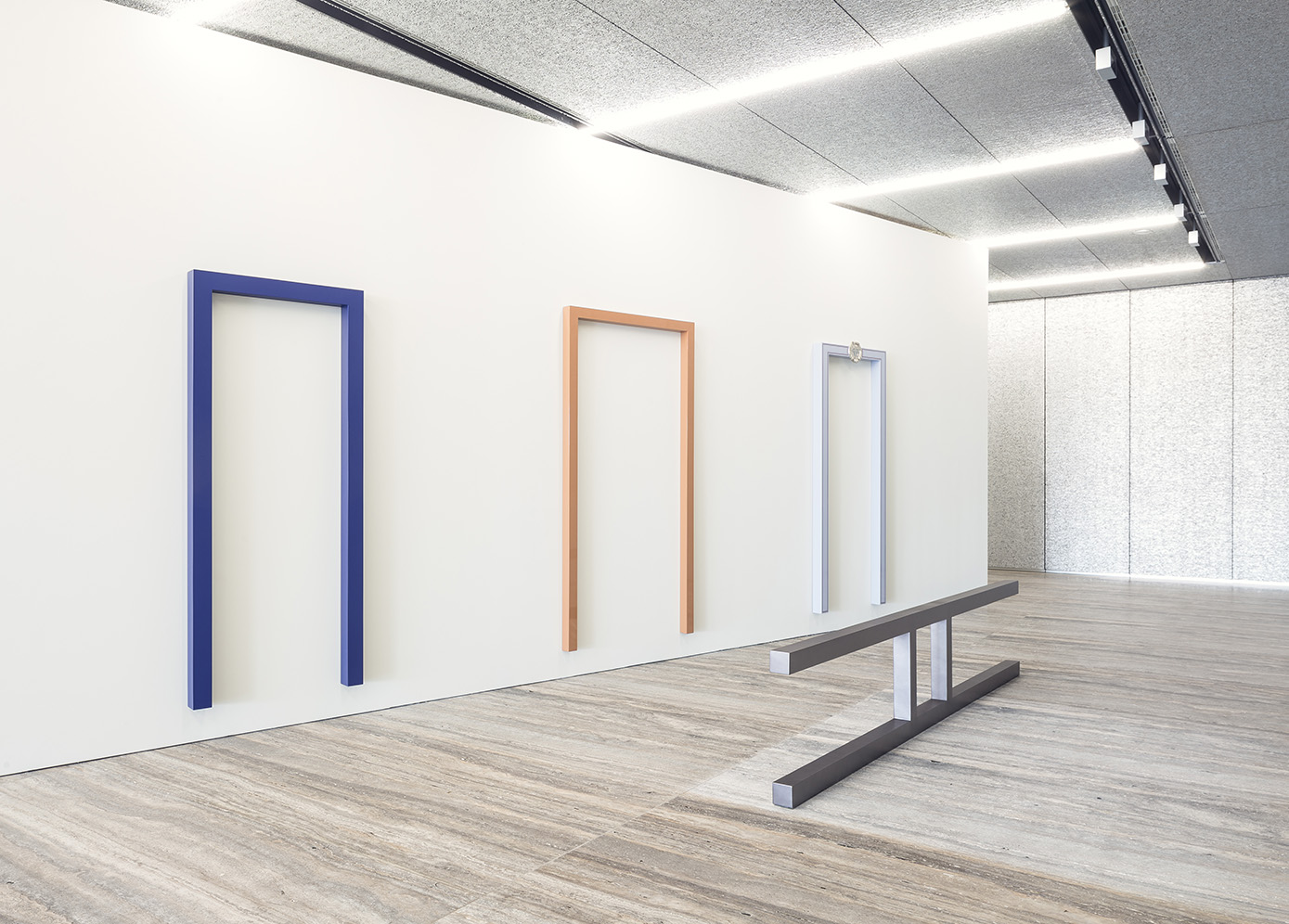
Gianni Piacentino, Exhibiton view. Fondazione Prada, Milan.
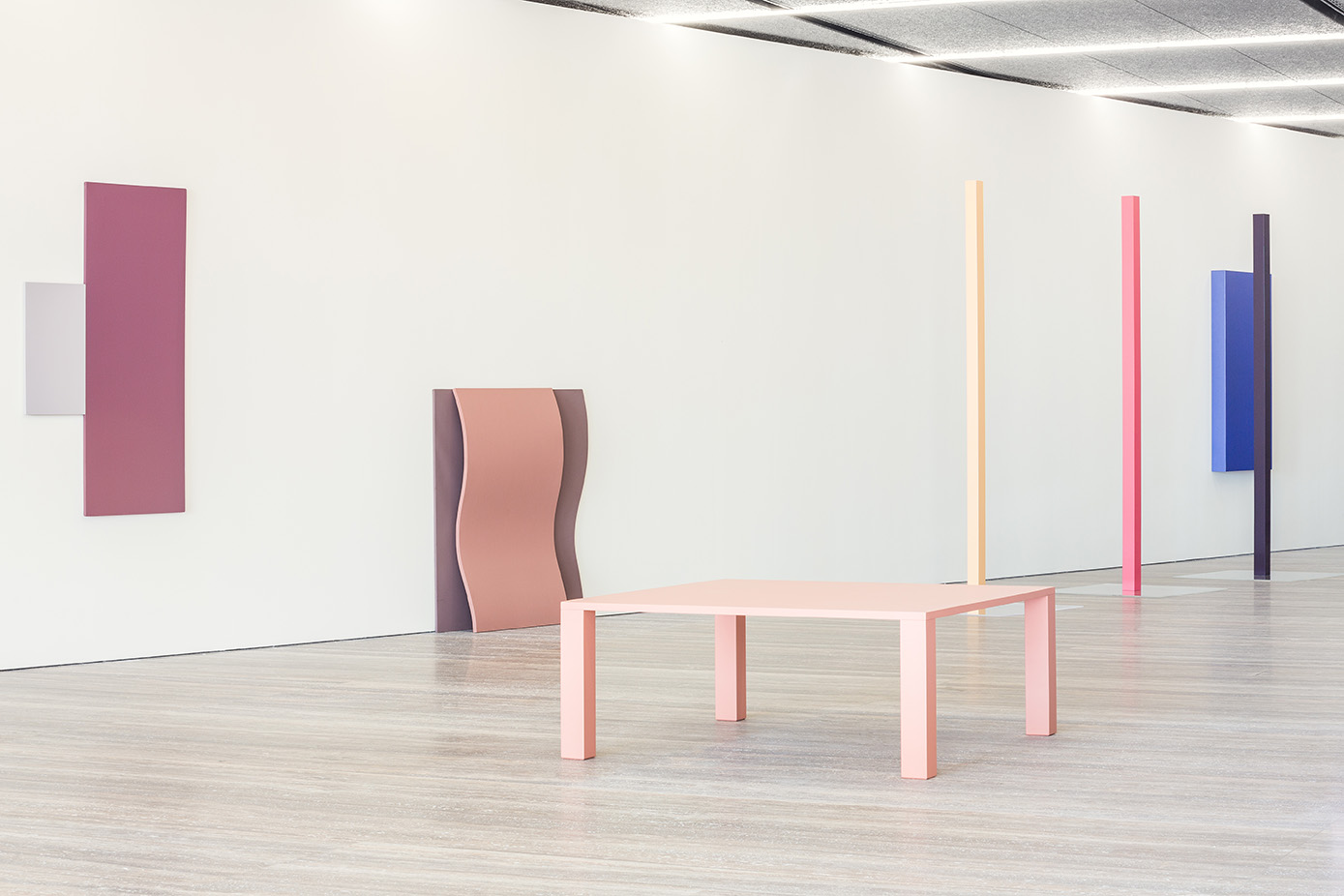
Gianni Piacentino, Exhibiton view. Fondazione Prada, Milan.
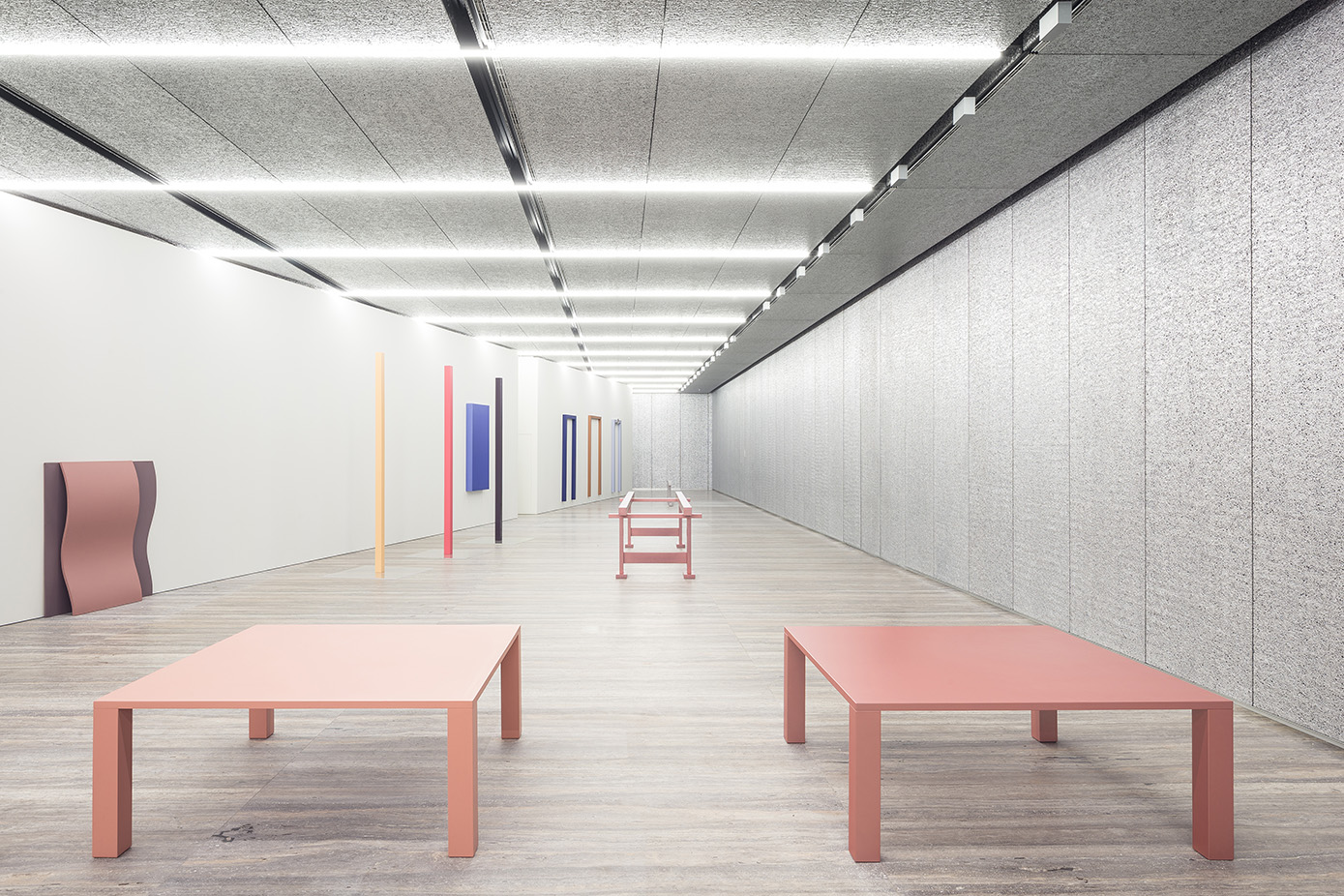
Gianni Piacentino, Exhibiton view. Fondazione Prada, Milan.
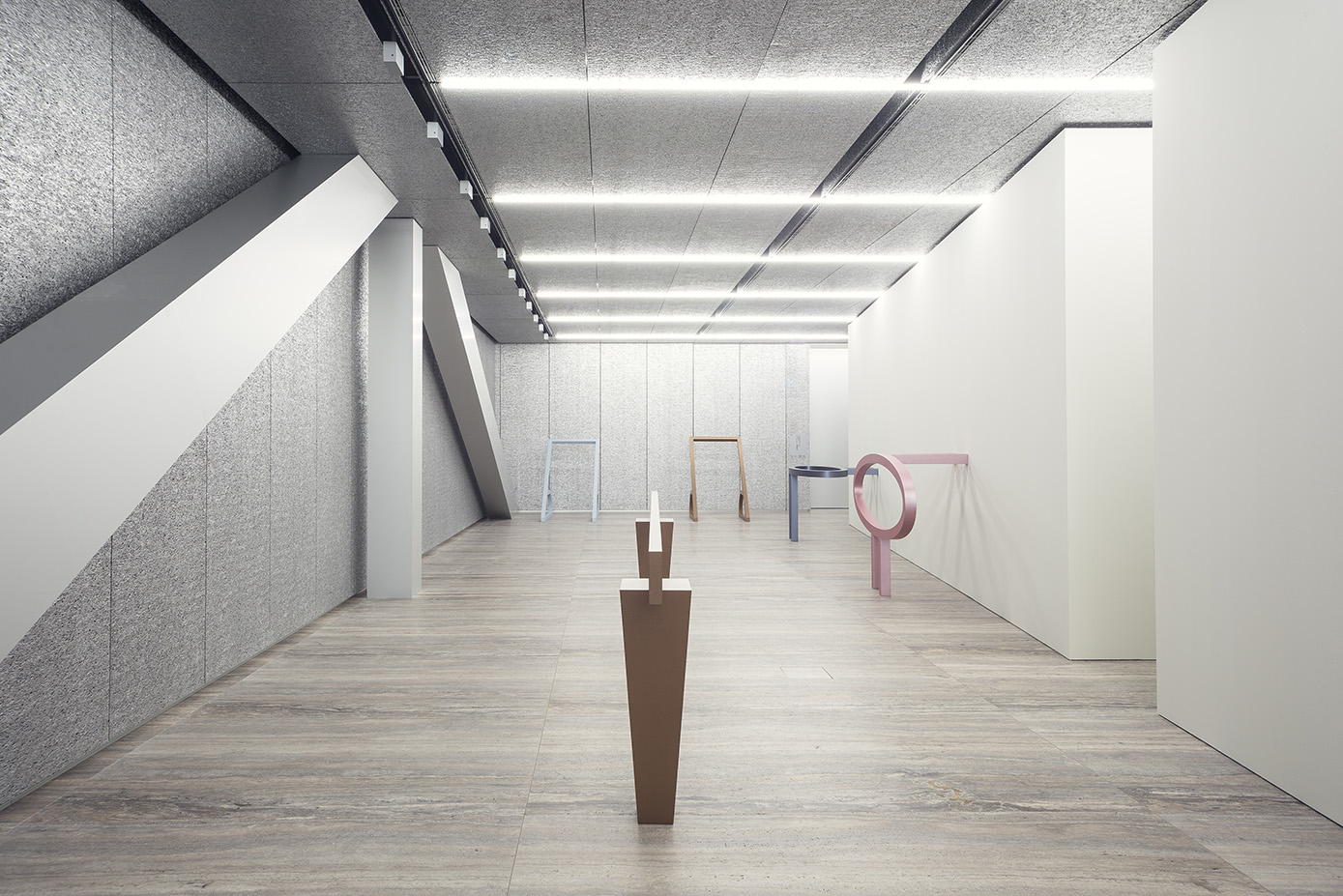
Gianni Piacentino, Exhibiton view. Fondazione Prada, Milan.
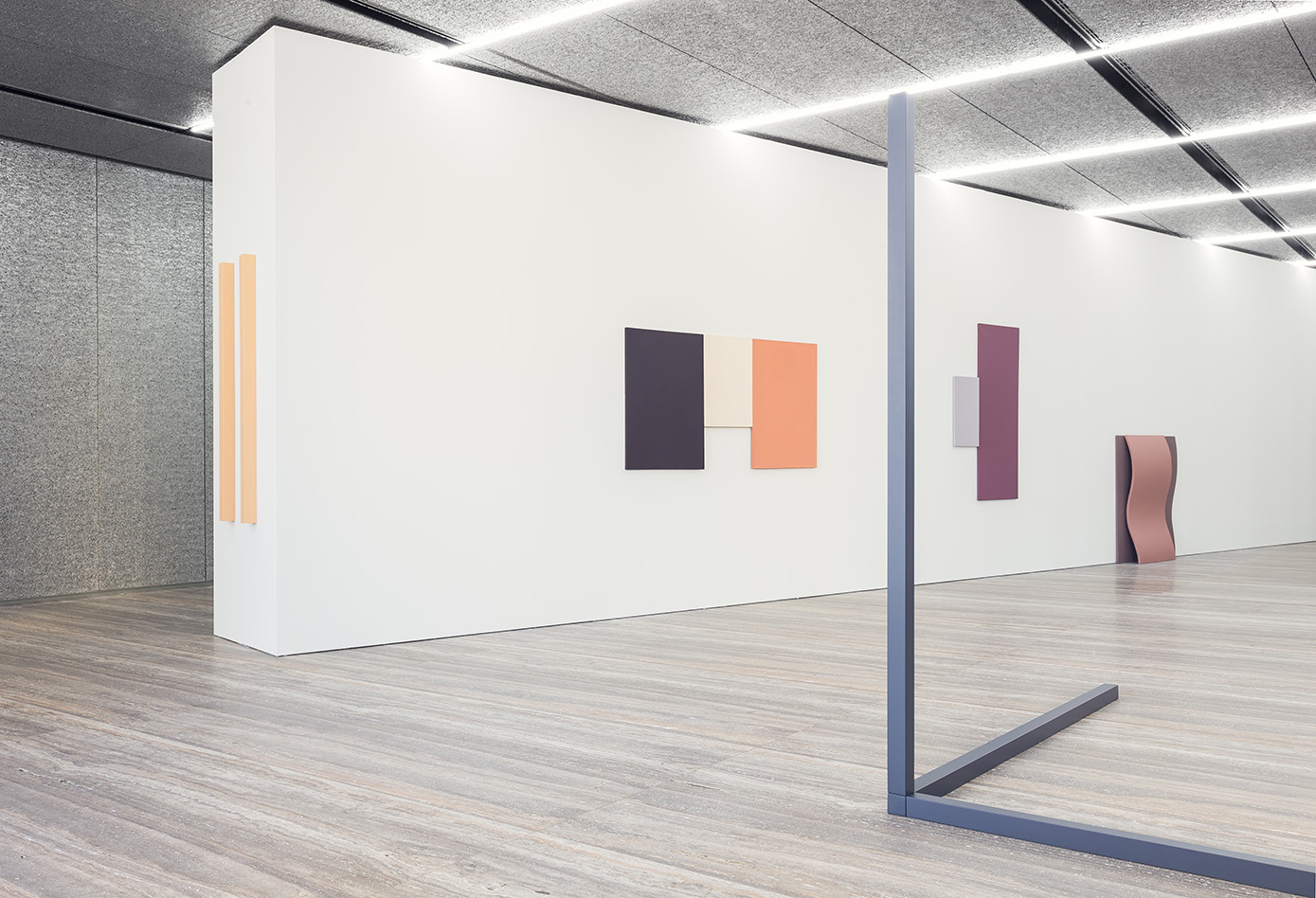
Gianni Piacentino, Exhibiton view. Fondazione Prada, Milan.
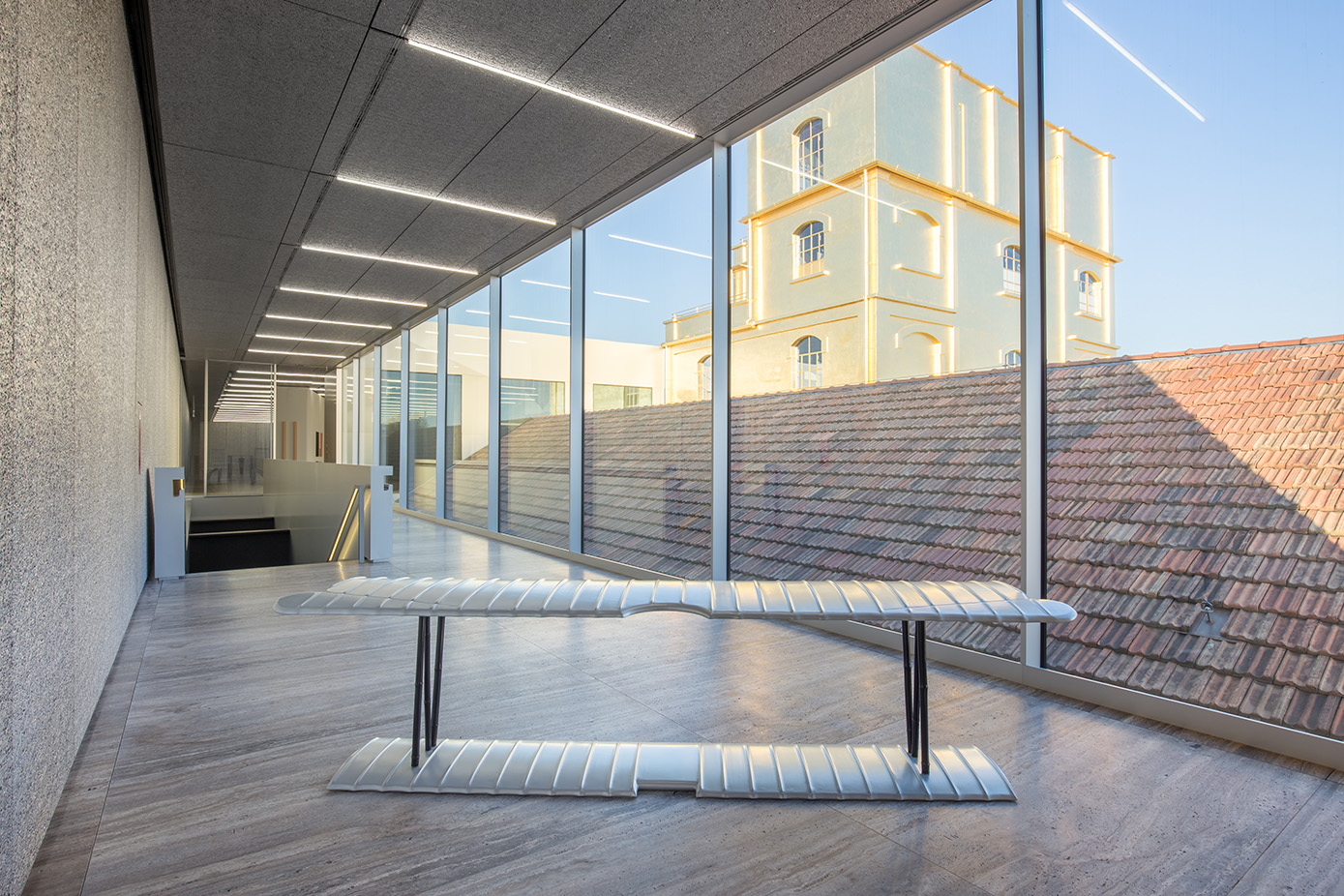
Gianni Piacentino, Pearlescent Wings, 1969. Fondazione Prada, Milan.
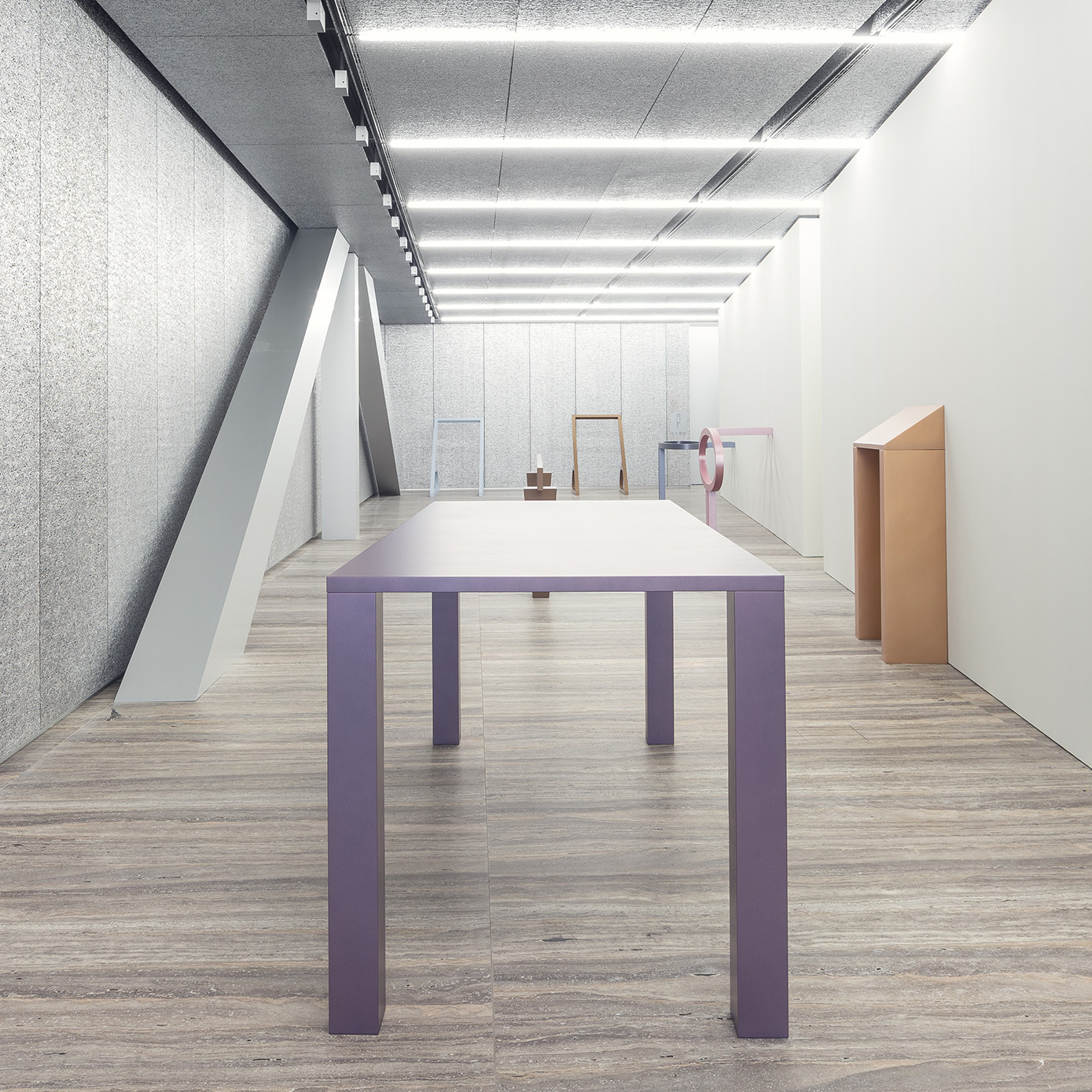
Gianni Piacentino, Exhibiton view. Fondazione Prada, Milan.